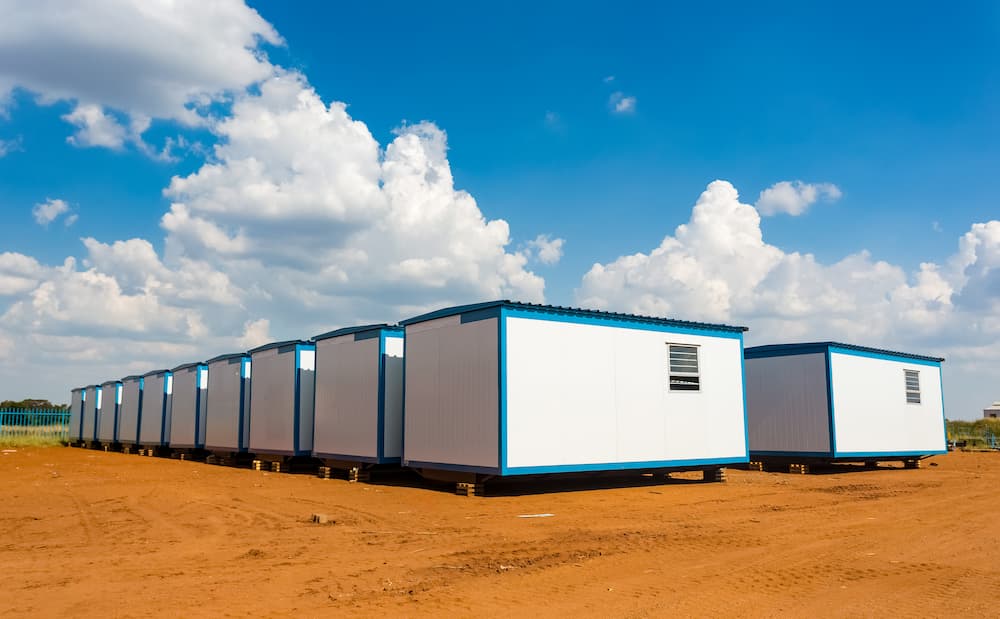Manufacturing of Prefabricated Portable Cabin
Manufacturing prefabricated portable cabins involves the construction of modular structures in a factory setting, which are then transported to the site for assembly. These cabins are versatile and can serve various purposes, such as temporary offices, classrooms, housing, storage units, and more. Here’s an overview of the manufacturing process for prefabricated portable cabins:
- Design and Planning:
- The process begins with detailed design and planning. Engineers and architects create blueprints and specifications based on the intended use of the cabin, local building codes, and client requirements.
- Material Selection:
- High-quality materials are selected for the construction of the cabin. Common materials include steel, aluminum, wood, and composite materials. These materials are chosen for their durability, strength, and ease of transport.
- Frame Fabrication:
- The frame serves as the structural skeleton of the portable cabin. Depending on the design, steel or aluminum frames are fabricated in the factory. Precision is crucial to ensure the components fit together seamlessly during assembly.
- Panel Assembly:
- Wall, floor, and roof panels are constructed separately. These panels are often made from lightweight but durable materials like insulated steel, aluminum, or composite panels. Insulation may be included to enhance energy efficiency.
- Interior Installation:
- Interior components such as electrical wiring, plumbing, insulation, and finishing materials are installed in the factory. This includes fixtures, flooring, and any other custom features specified in the design.
- Exterior Finishing:
- The exterior of the cabin is finished with weather-resistant materials. This not only provides a protective layer but also contributes to the aesthetic appeal of the structure. Cladding options may include metal, wood, or composite materials.
- Quality Control:
- Stringent quality control measures are implemented throughout the manufacturing process to ensure that each component meets the specified standards. This helps to identify and rectify any defects before the cabin is shipped.
- Transportation:
- Once all the components are manufactured and assembled in the factory, the prefabricated cabin is disassembled for transportation. The modular nature of these structures allows for easy and cost-effective shipping to the final destination.
- On-Site Assembly:
- Upon reaching the destination, the prefabricated components are assembled on-site. This process is typically faster and more efficient than traditional construction methods.
- Installation and Finishing Touches:
- After assembly, any remaining interior and exterior finishing touches are completed. This may include connecting utilities, adding furniture, and ensuring the cabin meets all safety and regulatory requirements.
Prefabricated portable cabins offer advantages such as reduced construction time, cost-effectiveness, and flexibility in design. They are increasingly popular for temporary or remote applications where traditional construction may be impractical.
